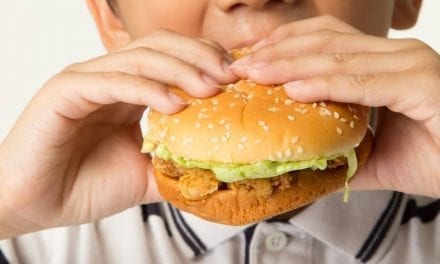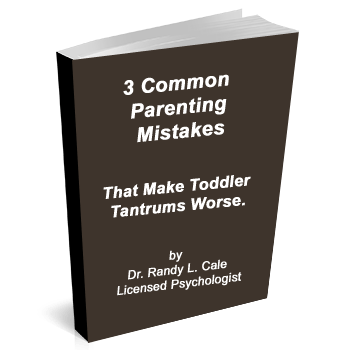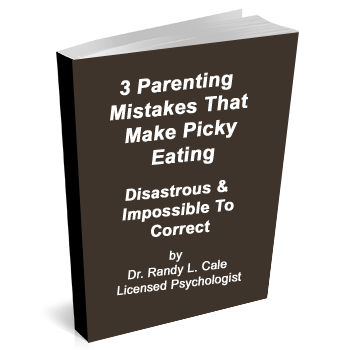Playing With Your Food May Be What The Doctor Ordered
By KATY MCLAUGHLIN
Republished From The Wall Street Journal Page P7
 Three months ago, during a poker-playing trip to Las Vegas, C.J. Hoyt feared what he might face at the tables — the restaurant tables. That’s because Mr. Hoyt is a seriously picky eater who cringes if friends order rare lamb and fears the sight of mayonnaise, bits of onion and spaghetti sauce with tomato chunks. So he stuck to the few foods he likes: well-cooked steak, baked potato and a lobster tail.
Three months ago, during a poker-playing trip to Las Vegas, C.J. Hoyt feared what he might face at the tables — the restaurant tables. That’s because Mr. Hoyt is a seriously picky eater who cringes if friends order rare lamb and fears the sight of mayonnaise, bits of onion and spaghetti sauce with tomato chunks. So he stuck to the few foods he likes: well-cooked steak, baked potato and a lobster tail.
His fussiness makes him feel a bit unsophisticated, says the 29-year-old news director for a local television station in Lafayette, La. Another liability: “I can’t tell you how many girlfriends have told me they’re going to get me to eat sushi. They’re crazy.”
Getting Past Yech
Most feeding therapists work mainly with kids, but they say that methods like the following can also work for picky adults.
- When introducing a new food, put a small amount on the plate. Do this at least 10 times before giving up.
- Let the picky eater wash, cook, handle or even play with new foods. The idea is to familiarize the person with different looks and smells and to reduce fear of the unknown.
- Try food chaining: Identify foods a fussy eater does like, then introduce other similar items and build from there.
- If the finicky eater loves chicken nuggets, try breaded nuggets of other meats, and then move on to meat that’s not breaded.
- If vegetables are the issue, start with crispy vegetable chips, then move on to baked sweet-potato slices.
- Cover new foods with a familiar sauce that the reluctant eater already likes.
- Don’t yell at or punish the picky, but don’t cave in and cook them whatever they like either. Allow a fussy eater to go hungry occasionally to learn that his or her pickiness has consequences.
As if there weren’t enough social pressures these days, there’s a new one to add to the list: being a “good” eater. In an age of the Food Network, gourmet Web sites, fusion cuisine and fear stories about obesity and fast food, a meat-and-potatoes palate is the 2006 equivalent of wearing a crew cut during the hippie era. Even kids are asked to develop their palates at a tender age: Chefs are being hired to cook lunch for fifth graders in private schools, and in Berkeley, Calif., chef Alice Water’s Chez Panisse Foundation recently helped introduce beef hot dogs made from grass-fed cows and organic salad bars in local public schools. A taste for fine foods used to indicate snobbery; now it signals political correctness and good parenting.
So an industry has popped up aimed at teaching kids and adults how not to be picky. Pediatricians at Southern Illinois University School of Medicine are using a therapy known as “food chaining” to treat thousands of severely picky eaters. Randy Cale, a child psychologist in Clifton Park, N.Y., sells a $49 CD program titled “Cure the Picky Eater!” that advises parents to let their kids go hungry a little so they take responsibility for their choices.
And consultants to executives doing business in Asia are instructing clients on how to deal with mystery meats and other culinary surprises.
Meanwhile, scientists are making headway in understanding finicky people. Gerber Products, which makes baby food, has been publishing the results of its study of the eating habits of 3,000 children aged 4 months to 24 months. Scientists have long theorized that picky eating may be an evolutionary adaptation that kept children from snacking on poisonous leaves and berries — or perhaps it’s just a form of toddler rebellion — so it isn’t surprising that half of all parents described their toddlers as picky. But Gerber also learned that most parents stop offering new foods after only three to five tries, while it can take 10 or more tries before a child accepts something new.
While most people eventually develop a broader food repertoire, some do not. The Monell Chemical Senses Center in Philadelphia recently conducted a study of 50 extremely picky adults, including people who said they eat 10 or fewer foods. One woman said she’d eaten nothing but one brand of macaroni and cheese for years. Researchers learned that these people tend to be more horrified by textures than by flavors. “They don’t like surprises or boundaries” in texture, says Monell sensory psychologist Marcia Pelchat, citing lumps in tomato sauce, pulp in orange juice and even crust on bread.
Although being extremely choosy can be a social burden, most therapists say they have few adult patients. The reason: Adult picky eaters find certain foods so gross that they don’t want to learn how to eat them, says Ms. Pelchat.
That’s one reason many parents try to intervene when their children are young. Lori Ernsperger, co-author of “Finicky Eaters,” tells parents to schedule mealtimes, including after-school snack, and to let children play with mushrooms or help wash the Brussels sprouts. “Taking a bite can be the last thing” that happens, even after 10 to 15 playful exposures to a new food, she says. Cheri Fraker, a pediatric speech pathologist who helped develop the food-chaining therapy, says, “I got one child to eat vegetables by having them eat crunchy vegetable chips,” and then slowly moving onto oven-baked sweet potato slices and eventually other kinds of vegetables.
Travel, particularly for business, can be a minefield for a conservative eater. William Hall, a consultant for U.S. China Bridge, which helps businesses make connections in China, says he has dined on donkey skin and duck tongues. He suggests that uneasy clients “just kind of nibble a little bit.”
Roger Cohen, a Nyack, N.Y.-based consultant to companies doing business in Asia, recommends that picky people take a lot of rice, push food around their plates and refrain from asking “What’s that?” in a wary voice. But at a recent banquet in China, Mr. Cohen couldn’t resist inquiring about one dish. “Some kind of meat, from some kind of animal,” was the answer. He says he just smiled and helped himself to more rice.

 ** Please double check for accuracy. Your privacy is SAFE. We will NEVER sell/rent/give away your information.
** Please double check for accuracy. Your privacy is SAFE. We will NEVER sell/rent/give away your information.













